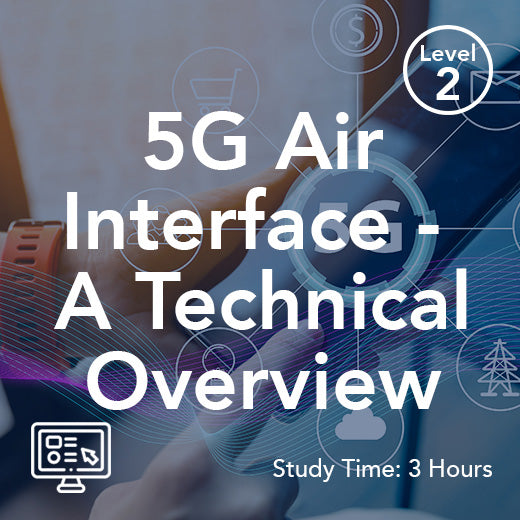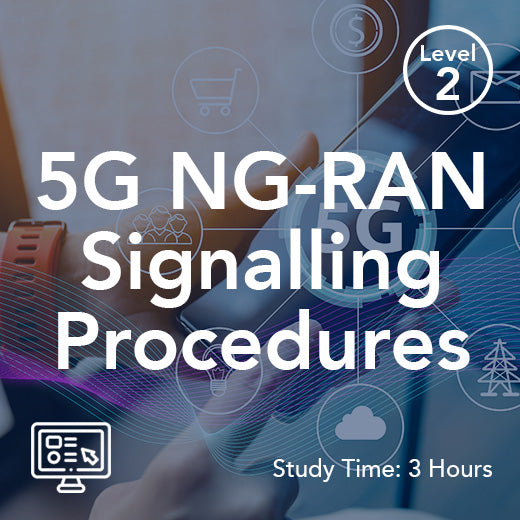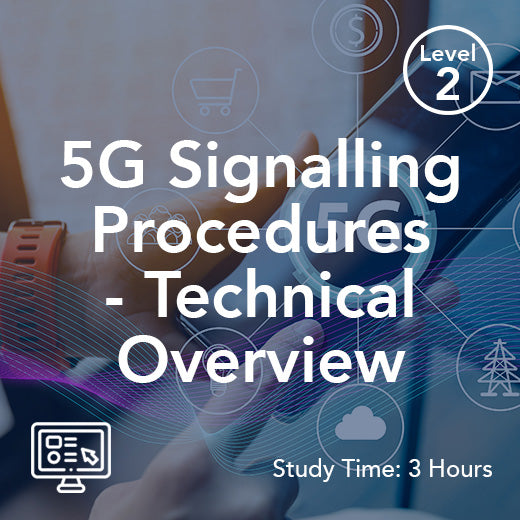K A Band
- , by Stephanie Burrell
- 2 min reading time
K a band is a frequency range in the microwave portion of the electromagnetic spectrum. It is typically defined as frequencies between 26.5 and 40 gigahertz (GHz). This frequency band has gained significant attention in the telecom industry due to its potential for high data rates and capacity, making it suitable for various applications such as satellite communications, 5G networks, and broadband services.
One of the key advantages of K a band is its ability to support high bandwidth communication services. With increasing demand for data-intensive applications such as video streaming, online gaming, and virtual reality, telecom operators are looking for frequency bands that can provide higher data rates and capacity. K a band's higher frequencies allow for more data to be transmitted over the airwaves, enabling faster and more reliable communication services.
Satellite communications is one of the major areas where K a band is being utilized. Satellites operating in the K a band can provide high-speed internet access to remote and underserved areas, bridging the digital divide and enabling connectivity in regions where traditional terrestrial networks are not feasible. K a band satellites also play a crucial role in disaster recovery and emergency response efforts, providing vital communication links when terrestrial infrastructure is damaged or destroyed.
In the context of 5G networks, K a band spectrum is being considered for use in small cell deployments to enhance network capacity and coverage. Small cells operating in the K a band can help offload traffic from macro cells, improve network performance in dense urban areas, and support emerging use cases such as IoT and smart city applications. By leveraging K a band spectrum, telecom operators can deliver enhanced mobile broadband services and enable new revenue streams from innovative services and applications.
Moreover, K a band is also being explored for fixed wireless access (FWA) services, which enable high-speed internet connectivity to homes and businesses using wireless technologies. By deploying FWA solutions in the K a band, service providers can offer gigabit-speed internet services without the need for costly fiber optic infrastructure, thereby accelerating broadband deployment and improving connectivity in underserved areas.
Despite its numerous benefits, there are some challenges associated with K a band deployment, such as susceptibility to rain fade, higher atmospheric absorption, and limited coverage compared to lower frequency bands. To address these challenges, telecom operators and equipment manufacturers are developing advanced antenna technologies, signal processing techniques, and network optimization strategies to maximize the performance and reliability of K a band systems.
In conclusion, K a band is a valuable frequency range that holds great potential for transforming the telecom industry and enabling the next generation of communication services. By leveraging K a band spectrum for satellite communications, 5G networks, broadband services, and other applications, telecom operators can meet the growing demand for high-speed connectivity, drive digital inclusion, and unlock new opportunities for innovation and economic growth in the digital age.


































